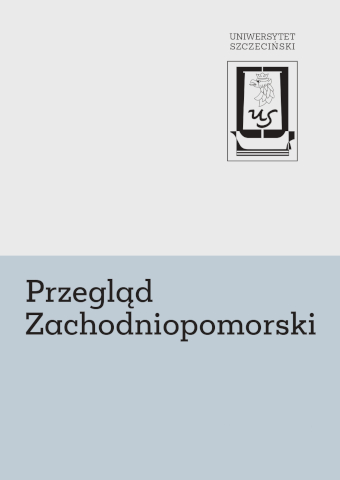| 1. | Sources: |
| 2. | Alla Bataille Ordningar…, Krigsarkivet Stockholm, Sveriges Krig 2.90. |
| 3. | Geometrisch Plan der Stadt Colberg Anno 1648, Krigsarkivet Stockholm. Handritade kartenverk 21. |
| 4. | Konung Gustavi Adolphi Bataille for Stettein…, Krigsarkivet Stockholm, Sveriges Krig 2.88. |
| 5. | Kurtze Beschreibung und ins Kupffer gebrachte Contrafacturn…, Germanisches Nationalmuseum Nürnberg HB 5079 Kapsel 1345. |
| 6. | Landt Brandenburgh, Krigsarkivet Stockholm SE/KrA/0425/02/051. |
| 7. | Literature: |
| 8. | Alexandrowicz S., Łuczyński J., Skrycki R., Historia kartografii ziem polskich do końca XVIII wieku, Warszawa 2017. |
| 9. | Black J., Narzędzia wojny, Warszawa 2008, pp. 123. |
| 10. | Dawna kartografia wojskowa krajów młodszej Europy XVI–XX wieku, in: Dawna kartografia historyczna i wojskowa, eds. B. Konopska, J. Ostrowski, P. Weszpiński, Warszawa 2018. |
| 11. | Ehrensvärd U., Cartographica Poloniae 1570–1930. Katalog źródeł rękopiśmiennych do historii ziem polskich w zbiorach szwedzkich, Warszawa–Sztokholm 2008. |
| 12. | Eilharda Lubinusa podróż przez Pomorze, ed. R. Skrycki, Szczecin 2013. |
| 13. | Gäfvert B., Maps and war – the swedish experience during the thirty years war, https://www.lwl.org/westfaelischer-friede-download/wfe-t/wfe-txt1-33.htm (10.07.2019). |
| 14. | Kartografia wojskowa krajów strefy bałtyckiej XVI–XX w., eds. S. Alexandrowicz, Z. Karpus, W. Rezmer, Toruń 1996. |
| 15. | Łopatecki K., Działalność szwedzkich kartografów na ziemiach Rzeczypospolitej w I poł. XVII w., in: K. Łopatecki, W. Walczak, Mapy i plany Rzeczypospolitej XVII w. znajdujące się w archiwach w Sztokholmie, vol. 1, Warszawa 2011. |
| 16. | Olszewicz B., Polska kartografja wojskowa, Warszawa 1921. |
| 17. | Scharfe W., Die Brandenburg-Karte von Olof Hansson Svart (1630–31), in: Mitteilungsblatt des Arbeitkreises für Historische Kartographie, ed. G. Heinrich, Münster 1994. |
| 18. | Skrycki R., Dzieje kartografii Nowej Marchii do końca XVIII wieku, Warszawa 2008. |
| 19. | Skrycki R., Kołobrzeg w wojnie siedmioletniej. Źródła kartograficzne do dziejów miasta w XVIII wieku, Kołobrzeg 2011. |
| 20. | Tyszkiewicz J., Geografia historyczna. Zarys problematyki, Warszawa 2014. |
| 21. | Wachowiak B., Szczecin w okresie wojny 30-letniej, in: Dzieje Szczecina, vol. II, ed. G. Labuda, Warszawa–Poznań 1985. |
| 22. | Wachowiak B., Upadek państwa zachodniopomorskiego, in: Historia Pomorza, vol. II, part 1, ed. G. Labuda, Poznań 1976, p. 999. |
| 23. | Wehrmann M., Geschichte der Stadt Stettin, Frankfurt a. Main 1979 (pierwodruk: Stettin 1911). |
| 24. | Wolke L.E., Larsson G., Villstrand N.E., Wojna trzydziestoletnia. Europa i świat (1618–1648), Warszawa 2010. |







